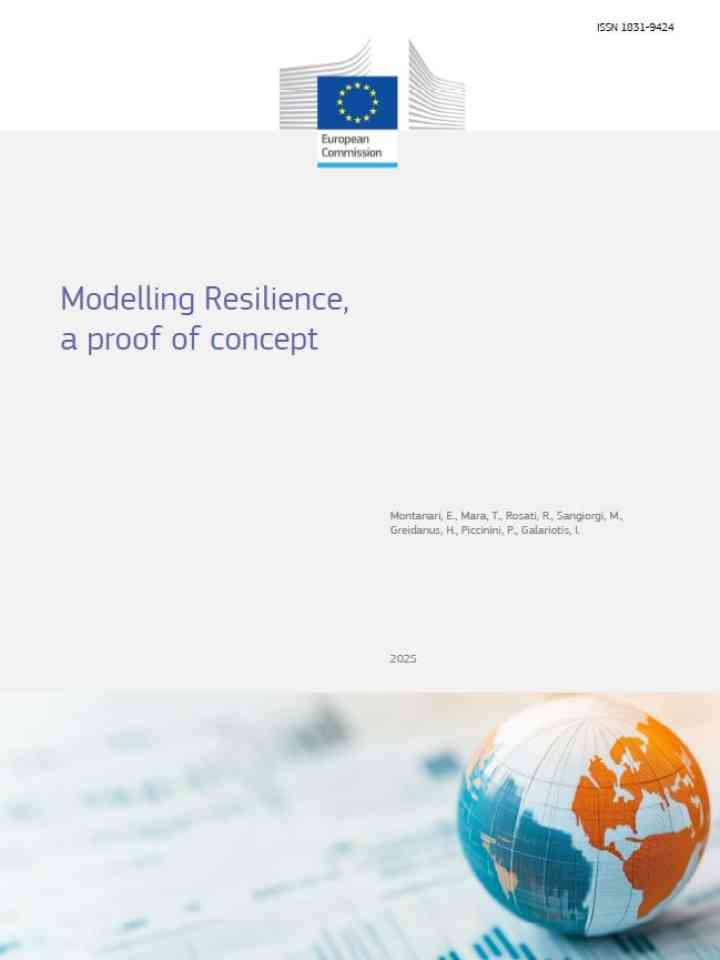Modelling resilience, a proof of concept
The purpose of this report is to introduce a basic statistical model of resilience prediction based on indicators. Enhancing European resilience and security is a European Commission priority for the near, mid, and longterm horizons. It also includes an advanced sensitivity analysis using the Shapley method. Resilience denotes the capacity of a system to withstand shocks and its ability to recover from them. For this reason, resilience is often depicted on a timeline with three specific elements: anticipation, cushioning and adaptation transformation, wrapping around one or multiple shocks or disturbances (European Commission 2020). Several European and International institutions track many indicators in the forms of dashboard and trend charts to resilience of such entities. For instance, the Resilience Dashboard at the Joint Research Center (Benczur et al. 2023) has compiled a structured dashboard accounting for 124 quantitative indicators for the past several years while EUROSTAT has been tracking indicators on their resilience dashboard.
This report exploits the continuous progress made within JRC and proposes others drawn from reputable international institutions and institutes such as the World Bank, United Nations and Lloyd's Register Foundation for enhanced prediction purposes. The application of logistic and linear regression models has shown numerous statistically significant indicators relevant for resilience prediction. It is also evident that more nuanced exploration of continuous measures of resilience, as evidenced by its application to the World Risk Poll data technical report, produces substantial improvements in the statistical significance of indicators. Not least, the, the deployment of the sensitivity analysis using the Shapley Model has revealed significant benefits for identifying the contribution of individual variables to the variance in resilience outcomes. This method has highlighted the interconnected nature of a restricted number of indicators, such as active citizenship, years of life lost due to PM2.5, antimicrobial resistance, and the degree of specialisation of the economy, providing a more sophisticated understanding of their impact on resilience.
Explore further
